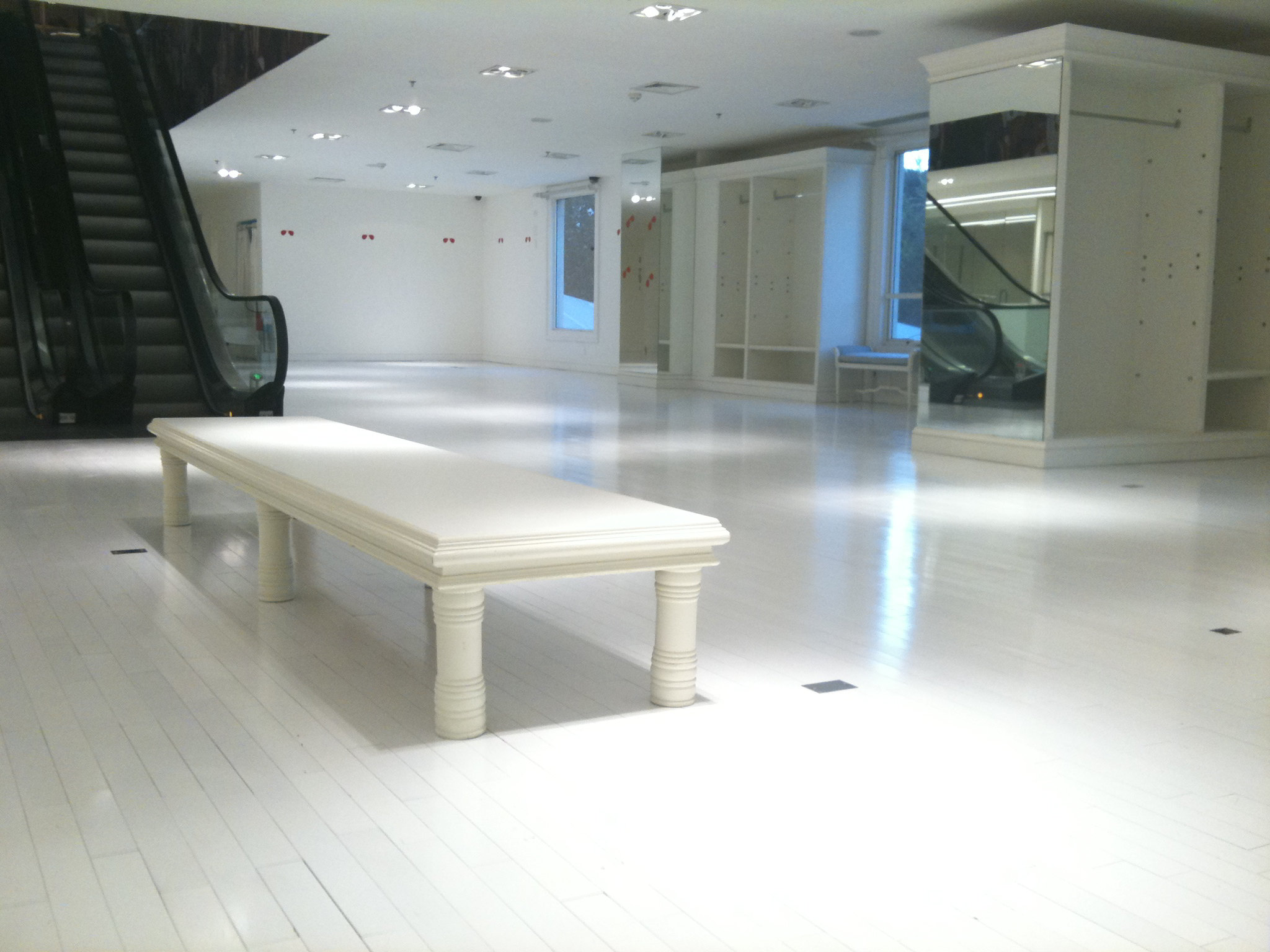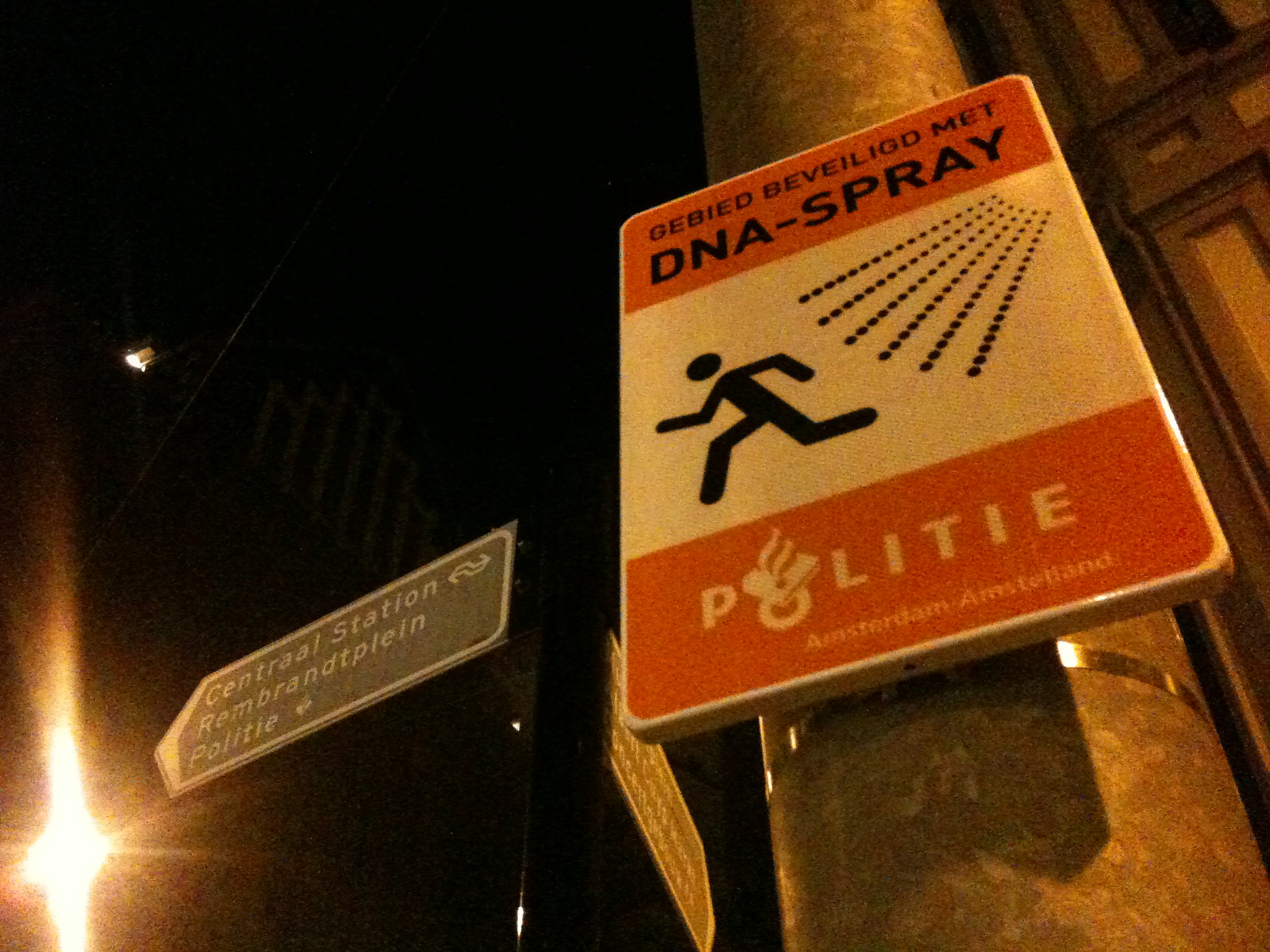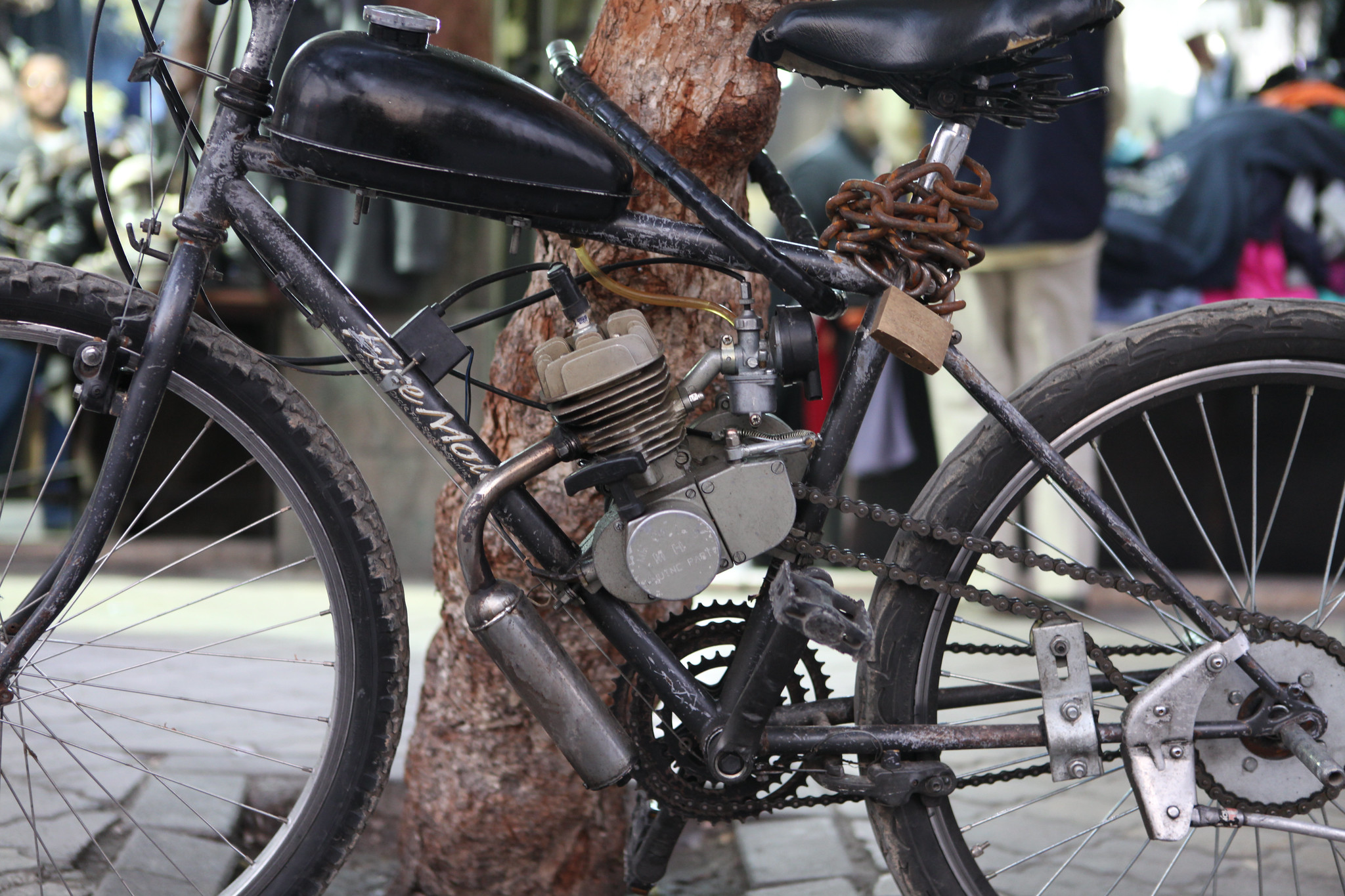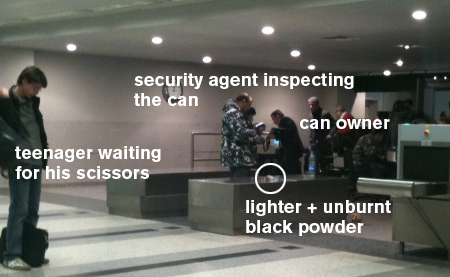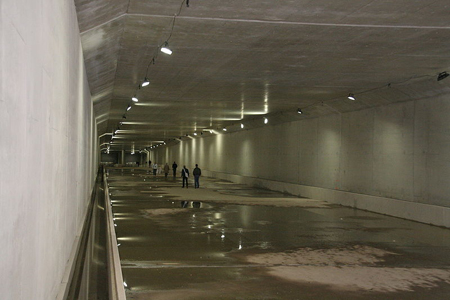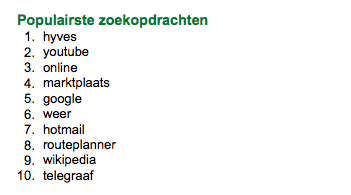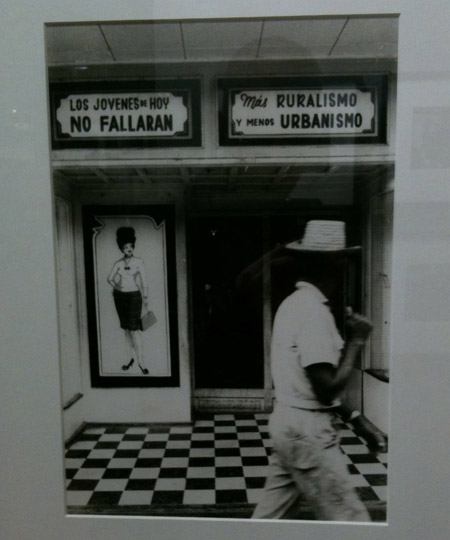Annick van Hardefeld memorial race
Yesterday i raced in the 11th edition of the annual Anniek van Hardeveld memorial race (see my pervious reports here and here). this race is held annually on the 4th of may in remembrance of Annick van Hardeveld, a 21 year old courier for the dutch resistance who was shot dead on the 4th of may 1945, which happened to be the last day of the german occupation. she is probably the last member of the resistance to have been killed by the germans.
Turns out that this little tradition of ours slowly gets noticed by those formally in charge of the 4/5 may festivities: The race is featured as an ‘official’ event on the 4/5 may website and Marjan Schwegman, the director of the dutch institute for war documentation (NIOD) describes it as an example of a new remembrance culture her a recent speech (pdf) on the occasion of the presentation of a book documenting the memory of the second world war (sorry for the dutch):
Als ik van het NIOD naar het Centraal Station loop, kom ik op het Hekelveld altijd een klein, onopvallend monument tegen. Het is gewijd aan Annick van Hardeveld, die daar op 21 jarige leeftijd als ‘de laatste koerierster uit het verzet’, zoals de tekst op het monument vermeldt, op 4 mei 1945 werd neergeschoten door de Duitse Bezetter. Omdat ik mezelf nooit de tijd gunde om haar naam goed te noteren aangezien ik altijd een trein moest halen, heeft het tot het uitkomen van de bundel Plaatsen van Herinnering geduurd voordat ik me in de geschiedenis van Annick van Hardeveld en het aan haar gewijde monument heb verdiept.
Wat ontdekte ik? In de eerste plaats een paar fragmentjes uit de levensgeschiedenis van Annick van Hardeveld. Zij was opgeleid als Rode Kruis verpleegster en naast haar werk als medisch analiste in het Wilhelmina Gasthuis koerierster van de BS. In die hoedanigheid vervoerde ze bonkaarten, wapens, valse papieren en begeleidde ze onderduikers. Op de avond van de 4e mei 1945 was ze op weg van Amsterdam Zuid naar Amsterdam Noord. Ze had opdracht de leden van de Verzetsgsroep MAX III te laten weten dat zij naar een geheime wapenopslag plaats moesten komen die zich in het Vossius Gymnasium bevond. Opgetogen door de radio berichten over de naderende Duits capitulatie, had ze zich gehuld in een Nederlandse vlag, die ze over haar Rode Kruis uniform had aangetrokken. Deze opvallende kledij was voor de Grune Polizei aanleiding om haar op het Hekelveld vanuit een overvalwagen neer te schieten. Haar broer Yann, die niet had geweten dat zijn zus actief was in het verzet, was 1 van degenen die het initiatief nam voor het monument dat op 4 mei 1985 werd onthuld.
Ik kwam ook nog iets anders te weten: het monument is sinds 1998 het middelpunt van een intrigerend ritueel: de Annick van Hardeveld Memorial Alleycat. Voor de niet ingewijden onder ons: een Alleycat is een straatrace voor en door fietskoeriers. In dit geval gaat om een race die op 4 mei om 7 uur ‘s avonds begint op het Koerierstersplein en die de koeriers naar verschillende posten bij oorlogsmonumenten voert, waar ze bliksemsnel een bloem moeten ‘ophalen’ die ze heelhuids naar het Hekelveld moeten brengen en op het monument moeten leggen. Degene die daar als eerste in slaagt is winnaar. Vervolgens vormen de fietskoeriers om 8 uur een halve cirkel om het monument en gedenken Annick van Hardeveld met 2 minuten stilte.
Dit ritueel op deze plaats is in mijn ogen een mooie illustratie van datgene wat Madelon de Keizer en Marije Plomp in de inleiding van de bundel schrijven: plaatsen van herinnering zijn niet slechts plaatsen die verwijzen naar het verleden, maar ontlenen hun zeggingskracht aan de betekenis die in het hier en nu aan die plaatsen wordt gegeven. De bundel die wij hier vandaag ten doop houden biedt dus een kijk op de hedendaagse Nederlandse herinneringscultuur van de Tweede Wereldoorlog. Met name sinds de val van de Muur, die, zo schrijven De Keizer en Plomp, de herinnering aan WOII ‘ontdooide’, zijn herinneringsplaatsen onderhevig aan een onophoudelijke herstructurering. Herinneren is een actief proces dat nooit af is, en dat zich aan steeds nieuwe
rituelen hecht. Dat geldt bij uitstek voor de Tweede Wereldoorlog. De herinnering aan die periode is, zo wordt in de bundel gesteld, een open zenuw in de Nederlandse samenleving.
De Annick van Hardeveld Memorial Cat laat ook zien dat herinneringsculturen strijd kunnen uitdrukken. Het ‘ophalen’ van bloemen bij andere monumenten wijst daar bijvoorbeeld op. Dat ‘ophalen’ past goed bij de flitsende, tegendraadse cultuur van de tegenwoordige fietskoeriers, die, anders dan in 1945, bijna allemaal van het mannelijk geslacht zijn. Een van hen merkte na de race op: ‘Bij de begraafplaats waar we de bloem moesten halen, stonden de mensen wel vreemd te kijken: wat komen zij als idioten aangereden?’ Dat het herdenkingsritueel van de koeriers de schijn wekt een rebelse voetnoot te zijn bij de nationale herdenking op de Dam is iets waarvan de koeriers zich bewust zijn, ook al zegt 1 van hen: ‘We doen het niet om ons tegen de massa af te zetten door driehonderd meter van de Dam te gaan staan. Het is gewoon onze manier van herdenken.’
In deze eigentijdse manier van herdenken valt op dat het juist de subversieve elementen zijn die het verleden levend houden. De vereniging van fietskoeriers die de Memorial Cat organiseert verwijst met haar naam Fuccit naar de vrijheid die fietskoeriers essentieel achten voor de uitoefening van hun beroep. De neergeschoten koerierster symboliseert voor hen die vrijheid. In de oproep om mee te doen aan de Annick van Hardeveld Alleycat stellen zij in internet engels: ‘So this is not you ‘normal’ alleycat but a way to show our respect and gratitude to all those who gave their life for our freedom.’ […]

